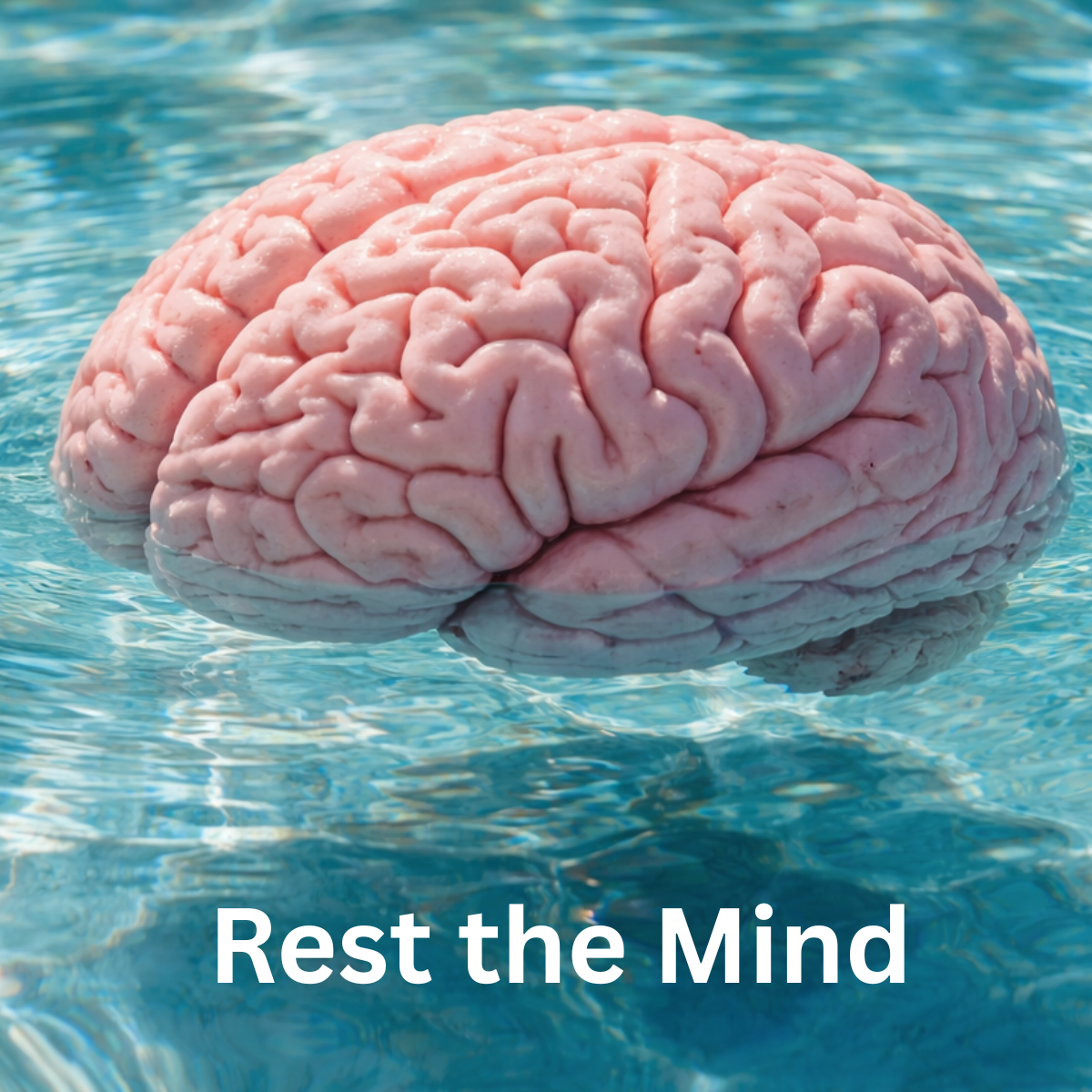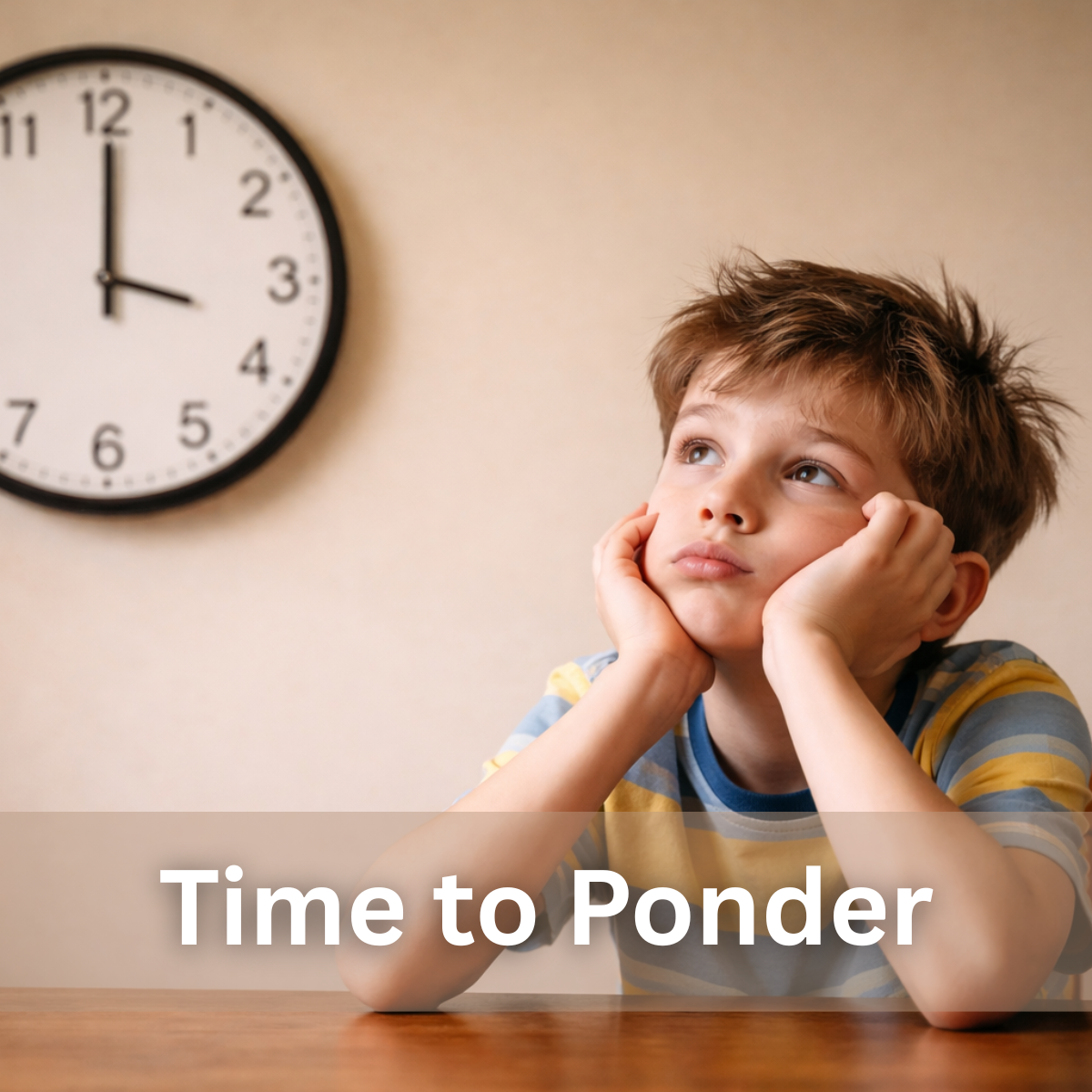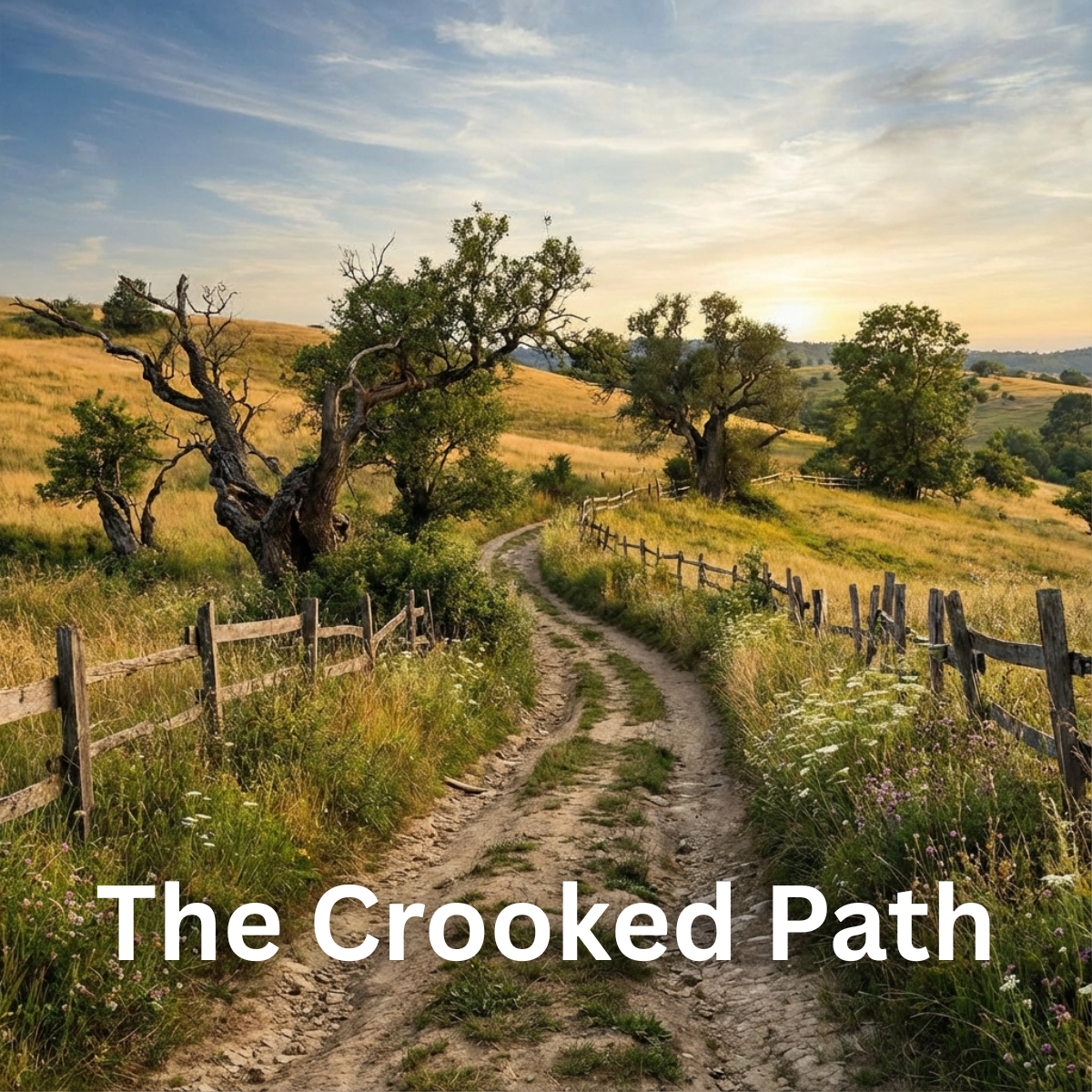I have been involved in the Chess World for the last 20 years. My friend and I own a non-profit chess club, so we stay on top of the game and do our best to sponsor chess where we can. I have learned that there is this popular pre-conceived notion about chess that people come into the game with. The idea is that you have to be good at “thinking ahead.” This is true to an extent, but not any better than any other human. Chess players do not have a superhuman ability to think ahead; that is not what makes them amazing. A phenomenal chess player, instead, has the ability to recognize patterns from their experience. This is the key parameter, at least in my experience. Be patient; I am bringing chess up to illustrate a critical concept around decision-making that is applicable to our everyday lives.

For example, consider this chess position. It is now white’s turn. Most people who have a rudimentary understanding of chess would consider this an equal game based on piece value. People who have the ability to “think ahead” would see that white will take the black knight on e4. They would then see a sequence like this in their minds:
Nxe4…dxe4
Bxa5…f5
Bb4…
Now, that is roughly three moves in advance. If you can follow that in your mind (which 99% of people can), you will note that White now has an open pawn on the “a” file. Black has a set of doubled pawns on the “e” file. More advanced players will see that the white rooks are active and might consider that the ability to push the a4 pawn looks highly likely.
However, skilled chess players who have a lot of experience will see this position differently. They will instantly recognize a major advantage of black due to the pawn structure. They will see a potential pattern emerging that they have seen before. This is because they played in thousands of games that have resulted in an “end game” position. They know instinctively what will win and what will lose. In this particular game, you can see the pattern if you remove the major pieces like this:

This is a winning pawn structure for black. It is nearly impossible for whites to win unless black makes serious errors in play. A player who was playing black in our previous position could see this potential pawn structure advantage and make moves accordingly. They would speed up their decision making because of their confidence in this resulting position.
Now, players at the expert level or above will attack my analysis here. They will instantly recognize this game as one of the famous games in the 1986 rematch between Kasparov and Karpov. In this game, Karpov plays black pieces, and he wins. An expert player would recognize this as a common theme or pattern in the Nimzo Indian defense. A top level chess player would not be as confident in the outcome of this game. At this stage of the game, they would give white (Kasparov) an advantage, but only with really accurate play.
A chess computer, which can think hundreds of moves in advance and down multiple decision trees, would give White a considerable advantage in this position and most likely result in a win for White. However, in a modern chess match, under timed condition, the player that wins is usually the one that can identify a winning pattern and pursue that result with confidence. They will make decisions faster, because they recognize a winning pattern.
The important consideration here is that the chess player needed to gain this pattern recognition ability through superior analytics or by an incredible memory. They gained the advantage by experience, thousands of hours of play that allowed them to see and recognize a winning pattern. In this famous match, you have two chess players, at the top of their careers, both with well over 50,000 hours of chess play in their lives. Kasparov sees a winning pattern of having two pawns on open files, and Karpov sees a winning end-game pawn structure. They both make moves in an attempt to reinforce these patterns and in this case, Karpov proved to have the edge.
In 1985, Gary Klein and colleagues created a decision model called recognition primed decision or RPD. This research, which focused on firefighters in high-stakes situations, recognized an emerging model that allowed experts to make key decisions based on patterns that they had seen in the past. For example, a firefighter could instantly recognize the signs of a potential roof collapse because they had seen this occur many times before. This effectively demonstrates the same thing that happens in chess: the more experienced a person is, the more rapidly they can make decisions because of the confidence they have in the pattern that they recognize.
In my opinion, herein lies a clear evidentiary signal of a person or organization’s experience in a subject matter. If you are looking for expertise, it is hard to judge if one person’s claim is any better or worse than another. Everyone lays claim to the credibility badge of experience, but how can you differentiate in a sea of people staking the same stamp of approval? It used to be we could look for signs of specific or relevant domain knowledge as a key indicator. A person who talks the talk is most likely to be the same person who has relevant experience. However, it is becoming increasingly easy to sound like you know what you are talking about when the reality is that you do not. So, as a consumer of a person’s experience, how do we differentiate?
To me, the answer comes down to the willingness of the expert to make quick decisions. Only the person with experience is going to be able to make decisions quickly. A previous company I worked for claimed to be experienced in “AI and Machine Learning” services. When a client asks for a proposal, it might take weeks for the company to respond. This is because, internally, there was a lot of consternation going on about the risks involved and at what price point they would be willing to make an offer. There was a significant amount of internal dialog going on because no one had any practical experience with the problem set and, therefore, could not, with confidence, recommend a level of effort to assign to the project. Contrast that to a company that has a depth of experience. They will react with a proposal within days, not weeks because they have seen these patterns before. They can take a more calculated risk and project a level of effort with more accuracy. In this situation, you will know immediately which company actually has the relevant experience by their ability to respond to your request quickly.
In short, whether you are a firefighter, a chess player, or offering a complex service, the more experience you have, the faster you will make decisions. This is because you recognize patterns from your past. Pattern recognition ultimately allows you to be confident in your path selection. For me, this has always proven to be the best litmus test for determining the expertise and experience level of a company that I am hiring to perform a service.




